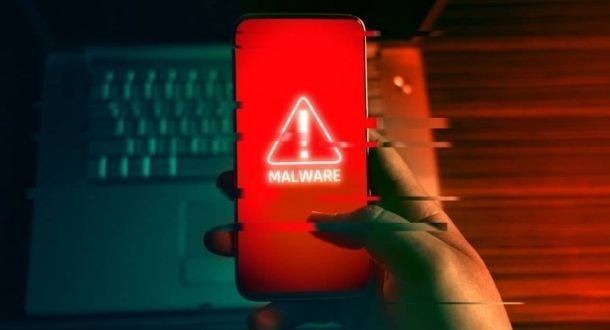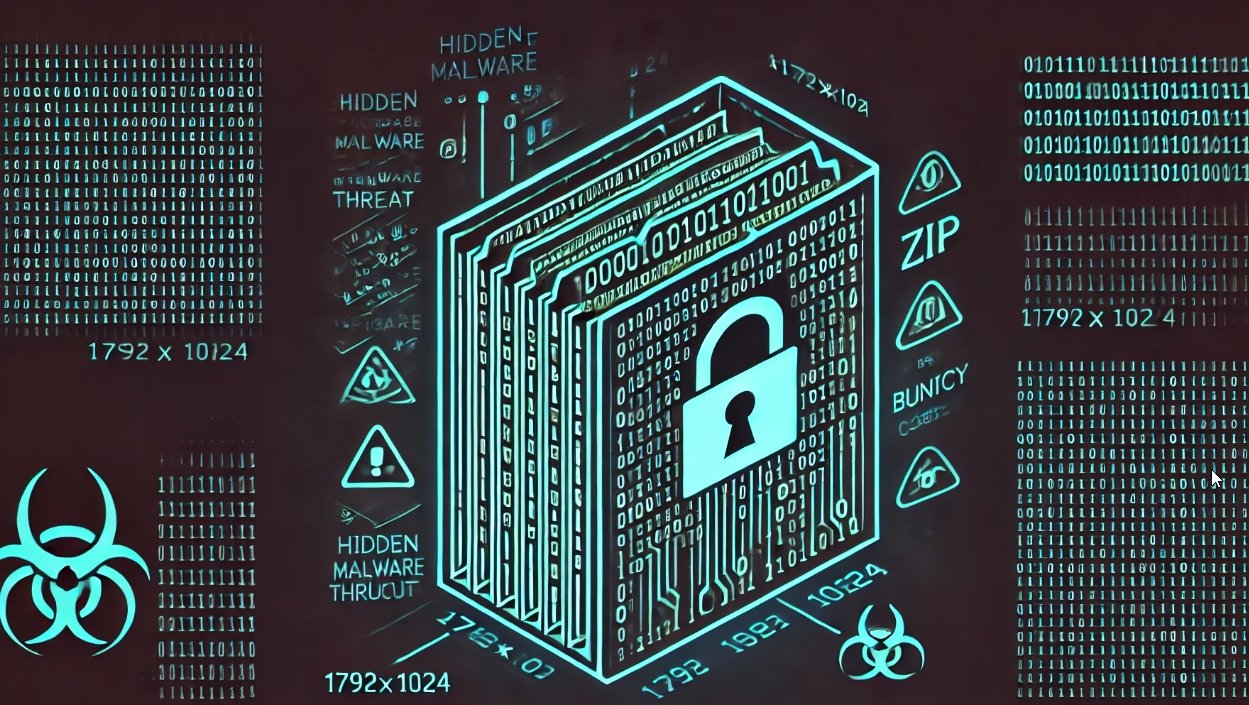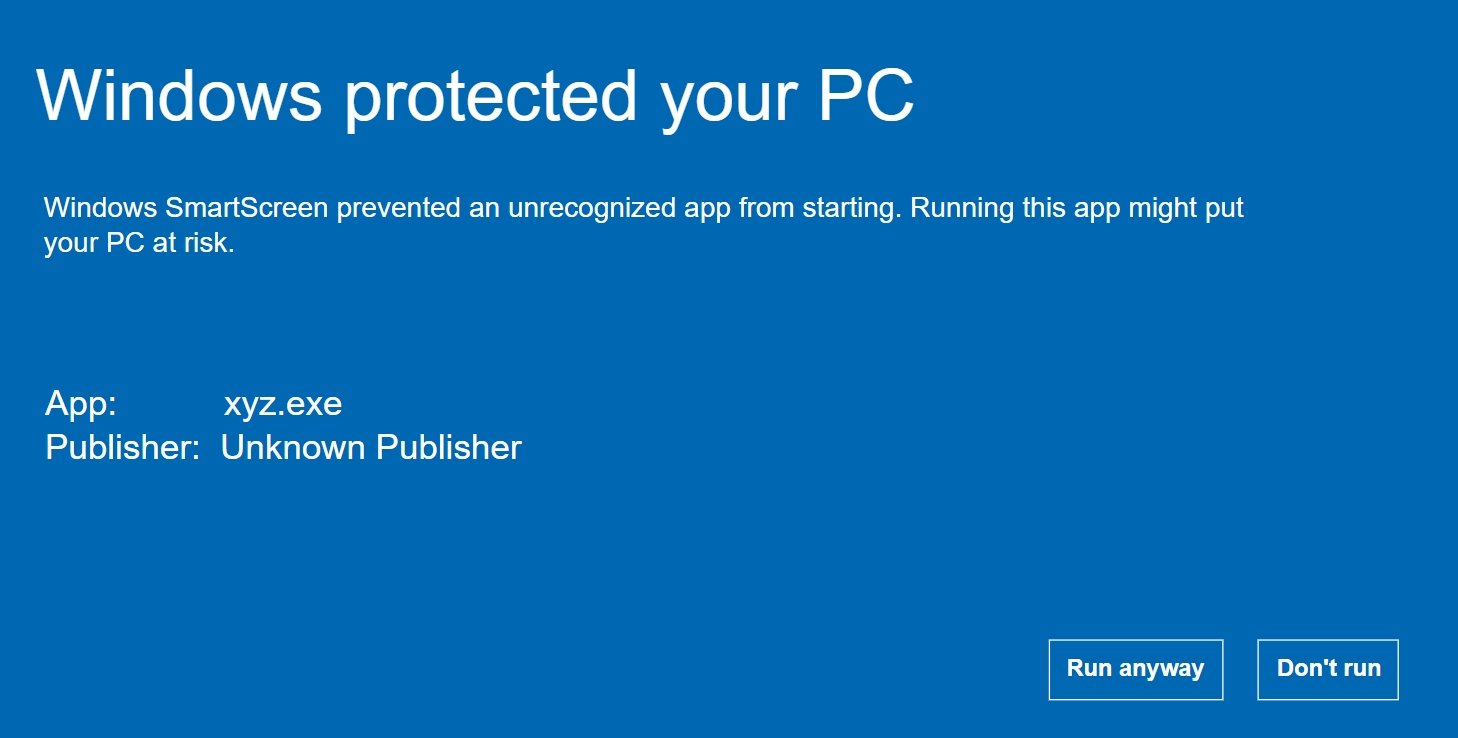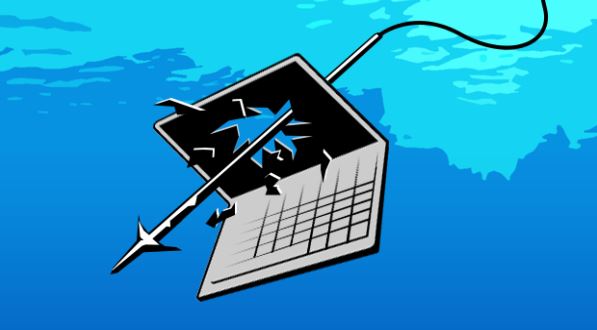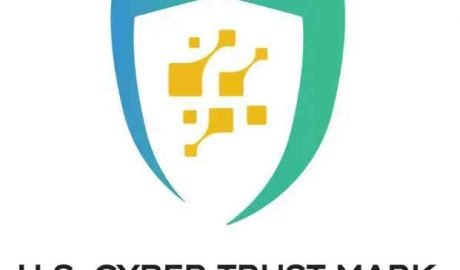In a critical security disclosure, the Cybersecurity and Infrastructure Security Agency (CISA) and the U.S. Food and Drug Administration (FDA) have warned healthcare providers and cybersecurity professionals about a high-risk backdoor vulnerability in Contec CMS8000 patient monitors.
This vulnerability allows remote attackers to gain unauthorized access, modify patient data, and disrupt device functionality—posing a severe cybersecurity threat to hospitals and medical institutions. If exploited, the flaw could enable an attacker to manipulate real-time vital sign monitoring, potentially leading to fatal medical errors or ransomware-style device takeovers.
Technical Analysis of the Vulnerability
The vulnerabilities, tracked under CVE-2025-0626,CVE-2025-0626 and CVE-2025-0683, enable attackers to execute arbitrary commands on the device.
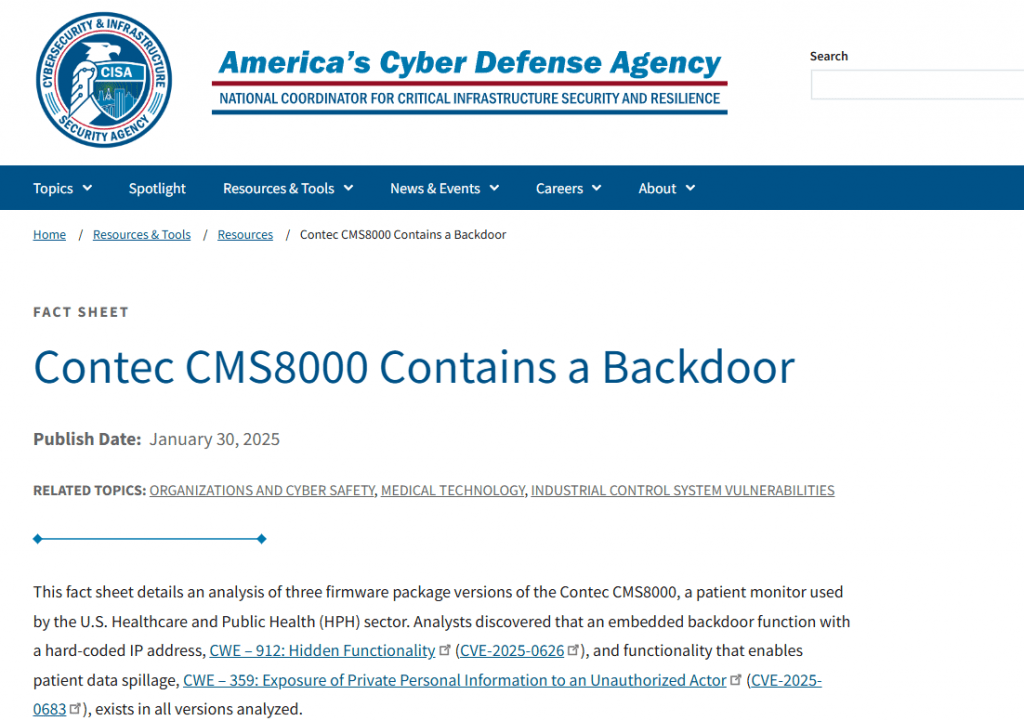
Breakdown of the Exploit Path
The Contec CMS8000 patient monitor firmware contains hardcoded credentials and an undocumented remote access protocol, which serve as a backdoor into the system. This backdoor allows an attacker to:
- Authenticate remotely without proper credentials, using a weak or publicly known factory-set username and password.
- Access a command-line interface (CLI) over an open network port, allowing direct system manipulation.
- Overwrite system files, modify patient telemetry data, and even disable alarms and notifications.
Key Technical Issues Enabling Exploitation
- Hardcoded Administrative Credentials
- The firmware contains static, factory-set credentials that cannot be changed by hospital IT staff.
- Attackers can easily retrieve these credentials from firmware dumps or leaked documentation.
- Once obtained, these credentials allow full device control over Telnet or SSH.
- Exposed Network Services
- The CMS8000 runs multiple unnecessary services on open ports:
- Telnet (Port 23) – Legacy unencrypted command-line access.
- HTTP (Port 80) – Web interface without proper authentication mechanisms.
- TFTP (Port 69) – Allows remote firmware updates without validation.
- These services lack proper access control, enabling remote manipulation.
- The CMS8000 runs multiple unnecessary services on open ports:
- Arbitrary Code Execution
- Due to a lack of input validation, an attacker can inject malicious commands via network-based API calls.
- This can be leveraged to deploy malware, install a persistent backdoor, or modify the firmware.
- File System Modification and Log Manipulation
- Attackers can overwrite core system files and alter log data, making it difficult for administrators to detect malicious activity.
Potential Exploitation Scenarios
Given the vulnerability’s severity, several exploitation scenarios exist:
1. Remote Device Takeover
- An attacker scans the network for vulnerable CMS8000 monitors using Shodan or Nmap.
- They identify an active device running the affected firmware version.
- Using leaked hardcoded credentials, they gain remote CLI access over Telnet or SSH.
- The attacker executes commands to disable monitoring functions, shut down alerts, or falsify patient readings.
2. Ransomware Attack Targeting Medical Devices
- A threat actor deploys a custom script via the backdoor, encrypting all patient records stored on the device.
- The monitor’s display is replaced with a ransom note, demanding payment in cryptocurrency to restore normal functionality.
- Because the device is integral to patient care, hospitals may feel pressured to pay the ransom to restore operations quickly.
3. Man-in-the-Middle (MitM) Attack on Patient Data
- An attacker positions themselves on the same network segment as the medical monitors.
- Using ARP spoofing, they intercept real-time telemetry data sent from the CMS8000 to hospital monitoring stations.
- They modify patient data in transit, causing medical professionals to make incorrect treatment decisions.
4. Attack on Healthcare IoT Infrastructure
- Since many hospitals run unsegmented internal networks, compromising the CMS8000 can act as a pivot point for lateral movement.
- Attackers could escalate privileges to access hospital record systems, imaging devices, and even electronic health records (EHRs).
Mitigation Strategies
1. Immediate Steps for Healthcare Organizations
CISA and the FDA strongly urge hospitals and IT administrators to take the following actions immediately to protect against potential exploits:
🔹 Apply the Latest Firmware Updates
- If a security patch is available from Contec, it must be applied immediately.
- Devices that cannot be updated should be segmented from the network.
🔹 Disable Unused Network Services
- Telnet and TFTP should be disabled where possible.
- Restrict SSH access to only trusted internal IP addresses.
🔹 Implement Network Segmentation
- Healthcare institutions should place patient monitoring devices on a dedicated VLAN with strict firewall rules.
- Blocking public access to CMS8000 monitors is essential to prevent remote exploitation.
🔹 Change Default Credentials (If Possible)
- If the firmware allows it, administrators should change factory-set usernames and passwords.
- Deploy multi-factor authentication (MFA) for remote access.
🔹 Continuous Monitoring & Threat Detection
- IT teams should deploy intrusion detection systems (IDS) to monitor for suspicious activity on medical device networks.
- Regular penetration testing should be conducted to assess security posture.
The Larger Cybersecurity Challenge in Healthcare
The CMS8000 vulnerability is just one example of a larger systemic issue within the healthcare industry:
Many legacy medical devices were not designed with cybersecurity in mind.
Broader Industry Risks Include:
- Medical IoT (IoMT) Devices Lacking Updates
- Many medical devices are still running outdated operating systems (e.g., Windows XP, Windows 7).
- High-Value Targets for Cybercriminals
- Hospitals store highly sensitive patient data, making them attractive targets for ransomware and espionage.
- Regulatory Compliance Challenges
- Many institutions struggle to balance HIPAA compliance with modern cybersecurity best practices.
The cybersecurity of medical devices must become a higher priority for manufacturers, regulators, and healthcare providers. Moving forward, medical device manufacturers must adopt “Security by Design” principles, ensuring that future devices:
- Require firmware authentication
- Disallow hardcoded credentials
- Enforce encrypted communications by default
Until these security issues are addressed at the design level, hospitals must take proactive steps to secure vulnerable devices and prevent catastrophic cyberattacks.
Final Thoughts
The discovery of a critical backdoor in the Contec CMS8000 is a wake-up call for the healthcare industry. This incident highlights the inherent risks in unpatched, insecure medical devices and the potential life-threatening consequences of cyber vulnerabilities in healthcare infrastructure.
Key Takeaways for Cybersecurity Experts & Healthcare IT Teams:
✔ Assess and patch all network-connected medical devices.
✔ Implement strict access controls and disable unnecessary network services.
✔ Enforce continuous monitoring of hospital IoT networks.
✔ Pressure vendors to release security updates and adopt stronger cybersecurity measures.
Cyberattacks on medical devices are no longer hypothetical—they are happening now. As healthcare increasingly relies on digital technology, securing these critical systems is a matter of life and death.

Information security specialist, currently working as risk infrastructure specialist & investigator.
15 years of experience in risk and control process, security audit support, business continuity design and support, workgroup management and information security standards.

